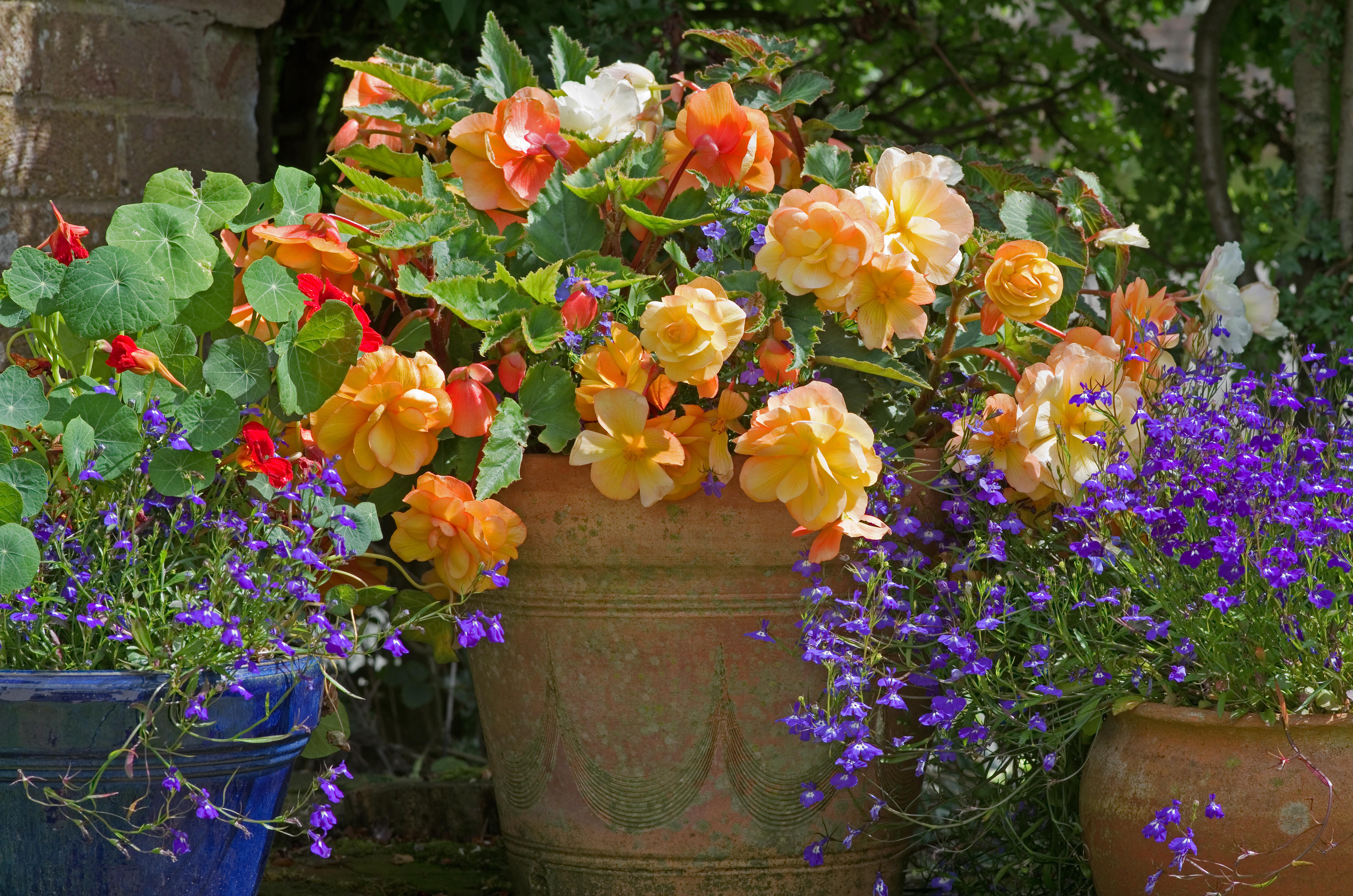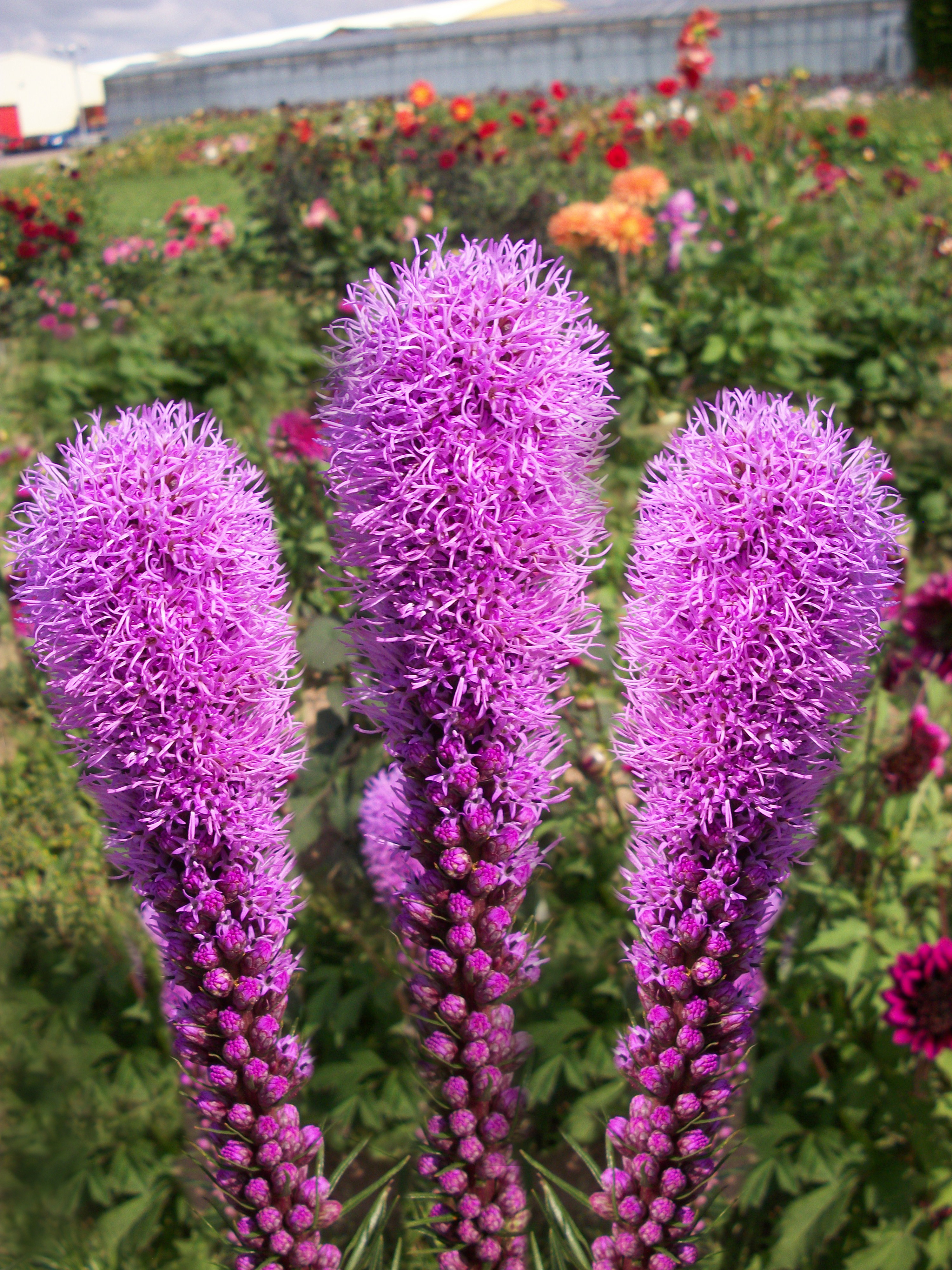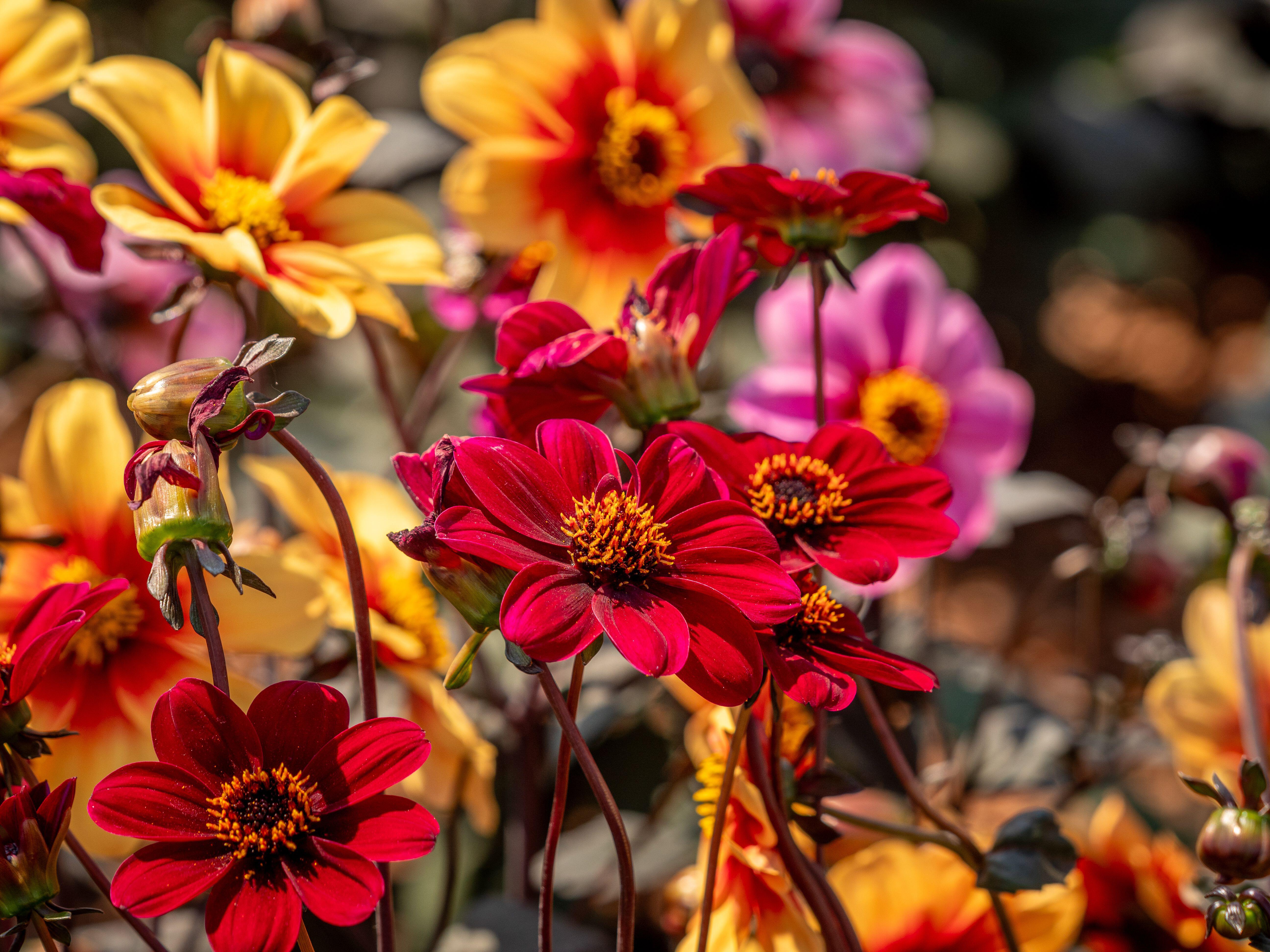The best summer bulbs to plant in your garden now

In the pink: Lilies are famed for their fragrance. Picture: Alamy
While you are enjoying the best of spring daffodils and crocuses, don’t forget that if you want some glorious summer bulbs you’ll need to start planting them now.
Summer-flowering bulbs are available in garden centres from the beginning of the year, but typically they are ideal for planting between March and May as the soil begins to warm up, with flowering times from June through to autumn depending on your choices. “Popular summer flowering bulbs include dahlia, gladioli, begonia and lilies but there are also some lesser-known gems such as liatris, nerines and eucomis which are worth considering,” says Ian Clark, marketing manager at Taylors Bulbs.
Here are just a few worth considering:
Most gladioli are reasonably tall, flowering at around 100cm, making them perfect for further back in the border and great for cut flowers. “However, there are several short-stemmed varieties such as ‘Michelle’ and ‘Purple Art’ which will flower at 60cm-70cm, opening up the possibility of including them in pots or further forward in the border,” says Clark.
Some gardeners feature gladioli in their allotment planting to give them a crop of cut flowers and by staggering planting from March through until July, you can have a long succession of cut flowers.
They can survive outside in mild areas providing the soil is well drained and they are given a mulch but there are also hardy types such as the nanus varieties ‘Carine’ and ‘Las Vegas’.
Originating from Mexico, where the Aztecs grew them for food as well as decoration, dahlias are among the most popular late summer-flowering bulbs as they come in so many colours, heights and flower variations, from pompom and collarette to cactus and anemone-flowered.
Look out for dark bronze foliage varieties such as the ever-popular ‘Bishop of Llandaff’, giant flowered varieties such as ‘Café au Lait’ with its 22cm diameter blooms and Fimbriata frilly cactus types.
Dahlias must be planted after the risk of frost has passed and it’s important to protect from slugs and snails as they love the leaves, says Clark.
“You can give dahlias a head start by potting them up and growing in a frost-free greenhouse, porch or conservatory in March/April then planting outside in their final position once the risk of frost has gone.”

Ideal for pots or hanging baskets, begonias provide colour over a long flowering period but are best started off in the warm (around 15C) in mid to late March, by placing the tubers dimple side up (the indented top of the bulb where the new sprouts will form) on the surface of your compost.
Once shoots have developed in mid to late April, they can be planted up into containers or baskets but don’t put them outside until the risk of frost has gone, he advises.
They flower all summer until the first frost and prefer dappled shade and well-draining soil to avoid leaf burn and waterlogging.
Look for key varieties including tuberous begonias, known for their long flowering season and often grown as annuals; fibrous-rooted begonias, typically dwarf varieties with smaller flowers, perfect for containers and also usually treated as annuals; and foliage begonias, prized for their colourful and patterned leaves, suitable for borders or as houseplants and requiring similar conditions to other begonias, says plant pro Julian Palphramand.
If you want to keep your tubers over the winter for next year, wait until the first light frosts of autumn have killed off the top growth then remove the tubers from the soil and allow them to dry off for a few days. Remove all of the top growth and store in dry compost in a cool and frost-free place.
These showy blooms famed for their rich fragrance are great as cut flowers. Good bets include skyscraper types such as ‘Anastasia’ which are prolific flowering, producing 25-30 fragrant flowers from a single bulb and growing up to 2.5 metres after a couple of years, Clark says.
You can buy pollen-free lilies which are good for allergy sufferers or those who want to avoid staining their clothes or furniture, but they’re not so good for pollinating insects.

Nerines are fantastic for adding late summer/early autumn colour to borders. They like a sunny position with free-draining soil, and they can also be grown in containers as they thrive when the clumps become congested.
Originating from South Africa, these bulbs are superb for growing in pots and add a touch of exotic to the patio. They are attractive to pollinators, but they do need protection from frost in winter as they are not winter-hardy.
Also known as Peruvian daffodils, these exotic-looking flowers are fragrant and are great for growing in pots on a sunny patio. White and yellow forms are available with flowers appearing in mid-June to July.

Liatris are great for borders where their perennial nature makes them ideal for cut flowers. Liatris are available in purple and white forms, flowering in July and August.
Winning combinations
By pairing varieties together, it’s possible to make stunning combinations in both borders and pots, says Clark.

“Dahlias work particularly well for this, for example, the contrasting textures of Dahlia ‘Totally Tangerine’ and ‘Dahlia French Cancan’ (pictured), but you can also pair different bulbs such as dahlia and liatris or dahlias with lilies to make beautiful borders or cut flower creations.
“It doesn’t have to be just the flowers that create great combinations. The dark foliage of Canna ‘Tropicanna’ paired with hot-coloured crocosmia, for example, makes for a stunning border.”







